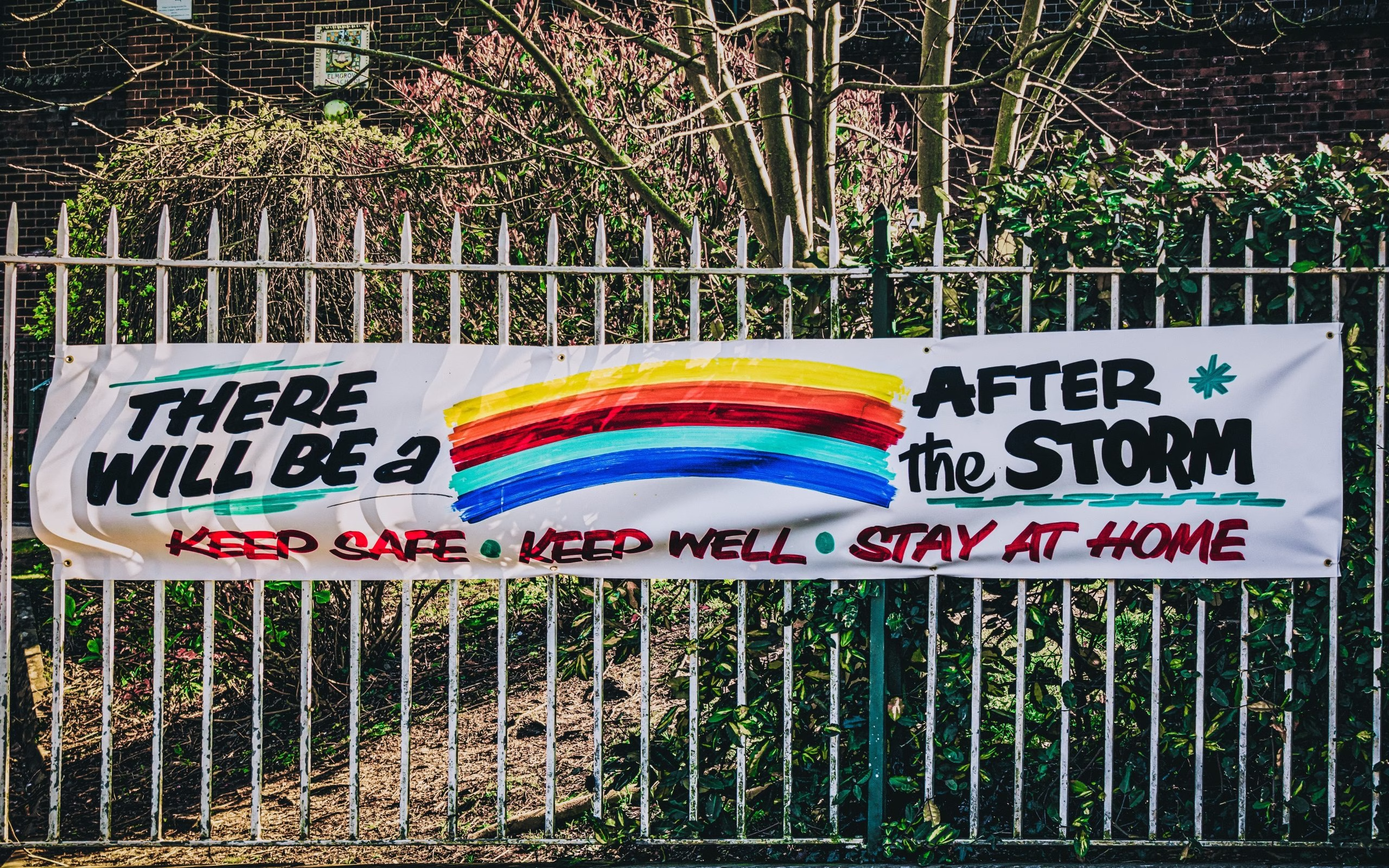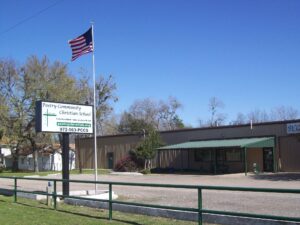Phased re-opening of schools, businesses and open spaces should be considered alongside a range of practical ways to keep people physically apart, say the authors of a new study on how lockdown can be eased without a resurgence of coronavirus infections.
Policy makers and practitioners must decide which strategies are appropriate to phase in at different stages of the transition from lockdown
William Sutherland
The study identified 275 ways to reduce transmission of the coronavirus. Medical possibilities were not considered. It does not offer recommendations: a shortlist of the most appropriate options for specific regions and contexts should be considered in the context of their likely effectiveness, cost, practicality and fairness.
“There’s increasing pressure to re-open the economy and get people back to work and out of isolation. But if we return to operating as we did before the pandemic, there will be a second wave of the virus. All activities will need to be considered individually, and phased back in carefully, depending on the risk they pose to spreading the virus,” said Professor William Sutherland in the University of Cambridge’s Department of Zoology, who led the study.
Strict lockdown measures are proving to be effective in controlling the spread of coronavirus in many countries, but are putting a major strain on the population’s mental and physical health, and on the economy. Mass vaccination is not likely before the second half of 2021.
Measures such as physical distancing, enhancing personal hygiene and reducing contamination are likely to remain central elements of all control strategies for some time. The study, which has not been peer reviewed, lists the range of practical options available to achieve these measures, including:
- Café owners could open outdoor areas only at first, and wipe down tables – spaced well apart – after each customer.
- Access to public parks could be restricted to different age groups at different times of day, with gates left open so they don’t need to be touched, and users asked to walk on the right side of the pavement or clockwise around large open spaces.
- Gas stations could become fully contactless, with attendants serving customers who pay from inside their car.
- Patients with doctors’ appointments could be asked to wait in their car outside until called in.
- School classes could be split into smaller groups with dedicated teachers, who only go into school one week in every three.
“It’s basically about how to stop people hanging around together, and phasing in activities starting with the ones that are the safest. Making this happen will be up to the people responsible for every element of society,” says Sutherland.
Identifying, assessing and applying a wide range of options could enable some of the stricter lockdown conditions to be lifted earlier, and make the transition period shorter, say the researchers. The ultimate aim of a successful transition is to achieve ‘Resilient Normality’ – a new way of existing in the world that makes us less susceptible to future pandemics.
Information was gathered by a method called Solution Scanning, which uses a wide range of sources to identify a range of options for a given problem. Sources included experts in a variety of fields, crowdsourcing on social media, and published research.
“In starting a process of decision-making or guidance-production, it’s sensible to be aware of the range of possible options. Policy makers and practitioners must decide which strategies are appropriate to phase in at different stages of the transition from lockdown,” said Sutherland.
The list of potential options is available online at https://covid-19.biorisc.com






























